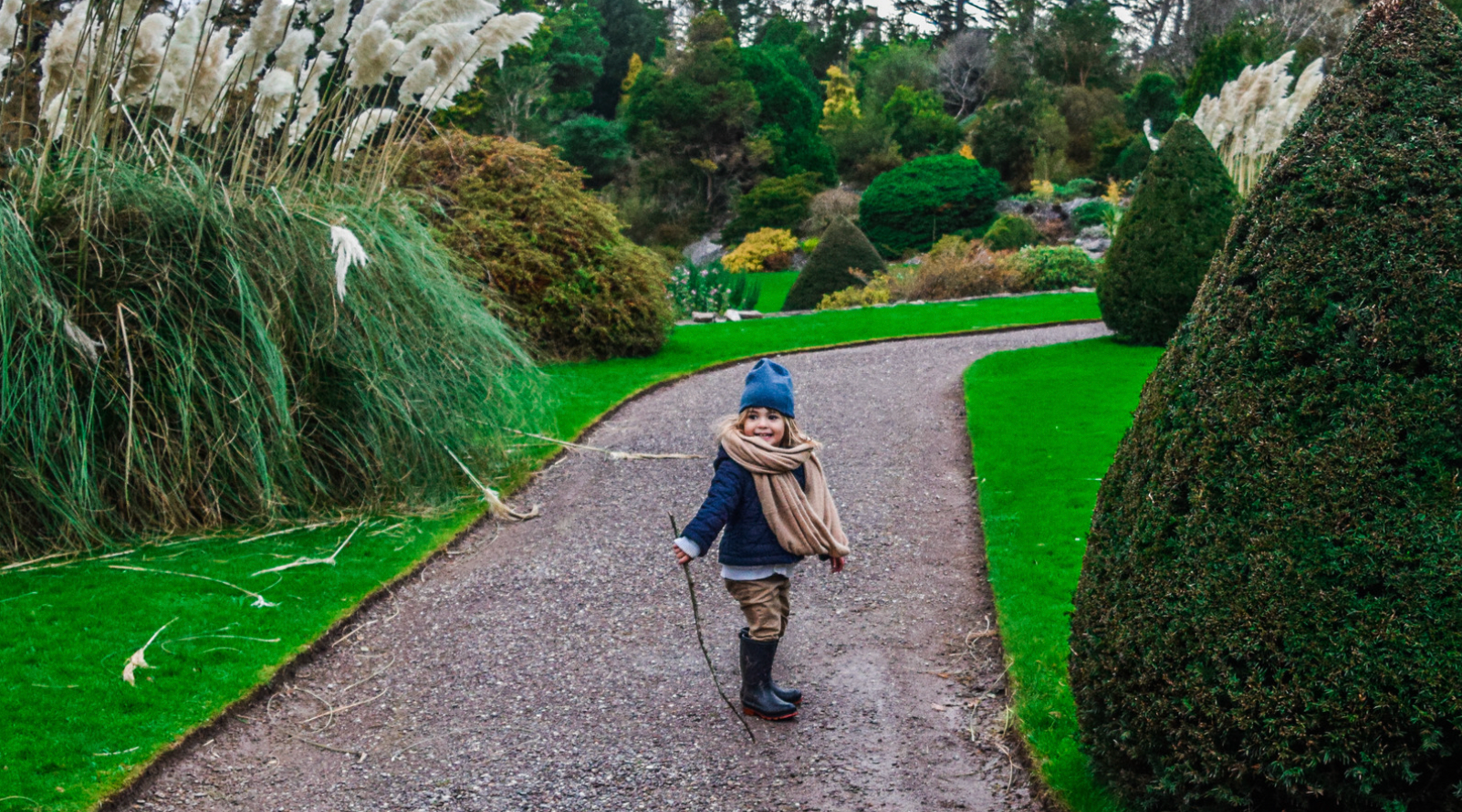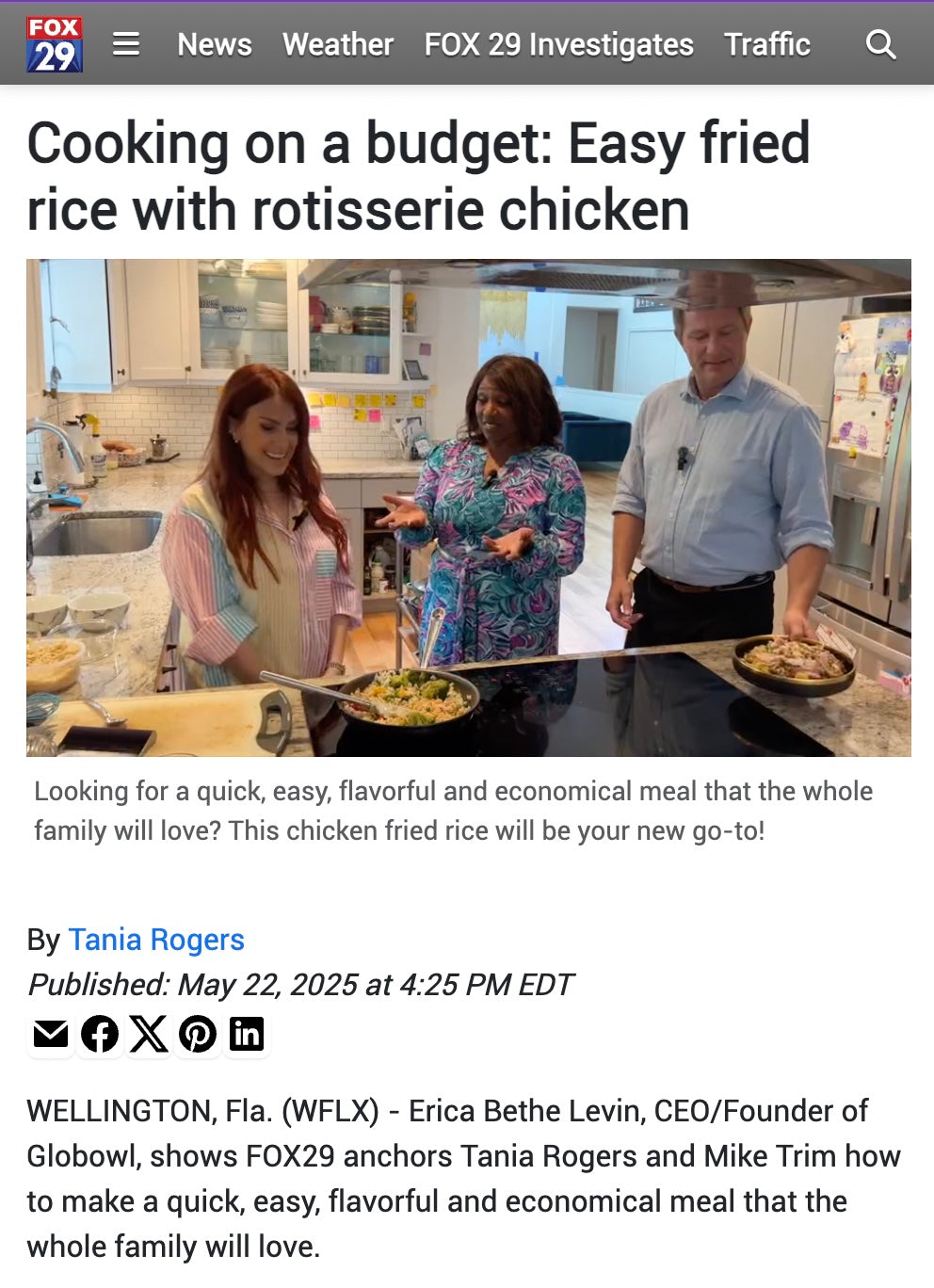Let’s face it - feeding a toddler can feel like being a short-order chef in a high-stress, low-praise kitchen. One minute they’re devouring salmon like a junior Michelin critic; the next they’re sobbing because their banana has one itty bitty brown spot. But here’s the truth: adventurous eating isn’t just a personality trait - it’s a learned behavior, and you can absolutely nurture it from day one.
Here’s how to help your baby or toddler develop a love for real food, big flavors, and new experiences...without losing your over-functioning mind.

1. Start with Flavor, Not Fear
Don’t be afraid of spices, herbs, or bold ingredients. Babies are born with a wide-open palate - we're the ones who narrow it by feeding them the same bland purees. Try cumin in lentils, basil in pasta, or garlic in veggies.
2. Model the Behavior You Want to See
Your toddler isn’t just watching what’s on their plate...they’re watching you. Sit and eat with them, take bites of the same food, show a rainbow of color on your plate, and describe the flavors. Enthusiasm is contagious. There are a lot of pleasurable oohs, aaahs and mmmmmmsssssss when eating (.....just me?).
3. Serve the Same Meal, Modified
Instead of cooking a separate “kid meal,” serve what the family is eating - with age-appropriate textures. For example, if you’re having stir fry, offer soft-cooked veggies and small bits of rice, even a bit of egg scrambled into it.
The window between 6 and 18 months is a child's most receptive period for trying new foods. It’s science! Introduce as many diverse flavors and textures as you can early on. Exposure leads to acceptance.

5. Rejection Isn’t Failure
It can take up to 15 tries before a child accepts a new food. Just because they spit out eggplant today doesn’t mean it’s a no-go on baba ghanoush forever. Keep trying, without pressure.
6. Let Them Play With Their Food
It’s messy, yes. But touching, smelling, and squishing food helps develop oral motor skills and builds familiarity. Sensory play is an important step toward eating.
7. Avoid Pressure and Bribes
Don’t beg, bargain, or use dessert as a reward. Offer the food. If they don’t eat it? That’s okay. The goal is creating a positive association with mealtime.

8. Explore Food From Around the World
Diversity in diet = diversity in taste buds. Introducing global flavors early makes kids more open to new foods later. (Globowl is built around this very idea...obvs!)
9. Make Food a Conversation, Not a Chore
Talk about where the food comes from, stories on the origins of international recipes, what it tastes like, and why it’s fun to try new things. Build a narrative around eating that sparks curiosity.
10. Normalize the Messy Middle
Some days your toddler will eat everything. Other days they’ll throw their bowl on the floor. Both are normal. Keep offering, keep showing up, keep calm.
One last bite: Adventurous eating isn’t about perfection - it’s about exposure, encouragement, and consistency. Want help taking some of the pressure off?
Globowl’s baby and toddler meals bring bold flavors, safe textures, and common allergens straight to your pantry. No stress, no separate meals...just one jar closer to raising a lifelong foodie.





